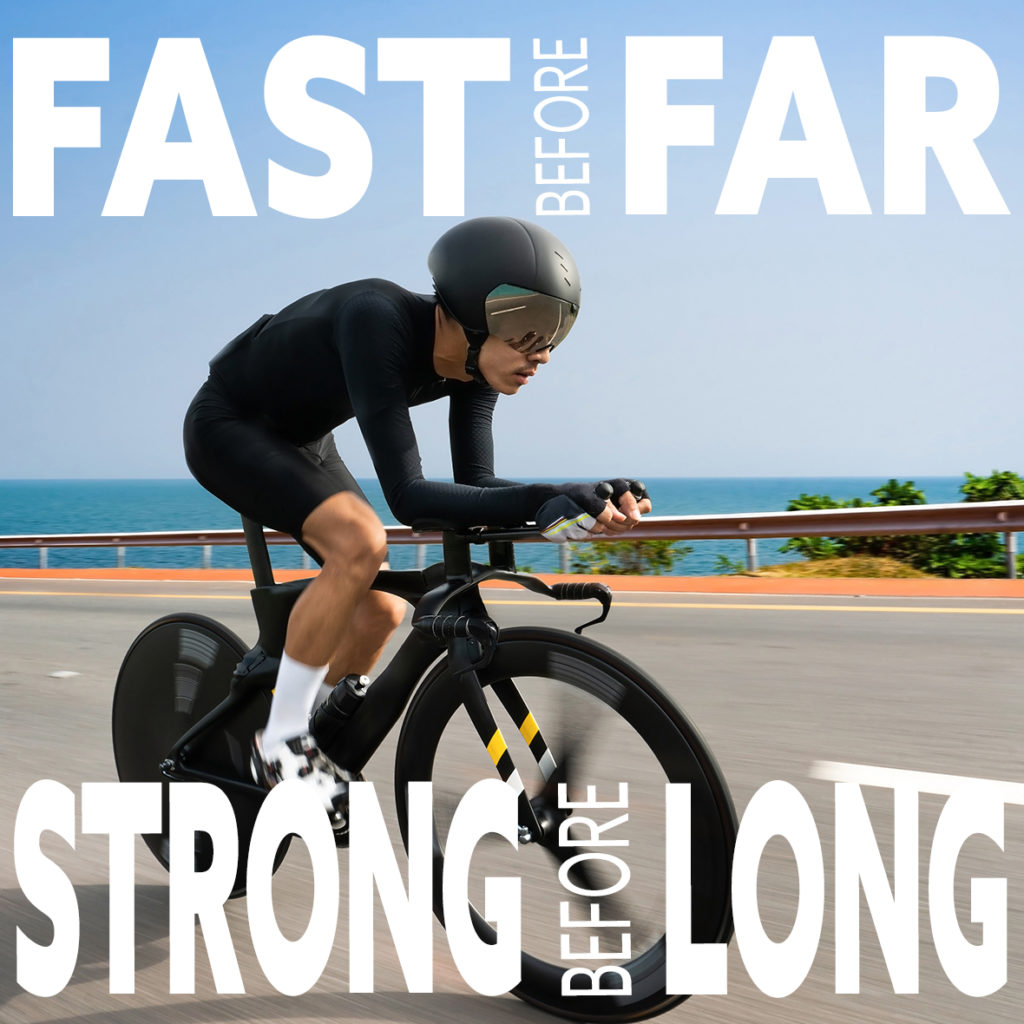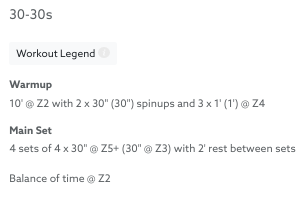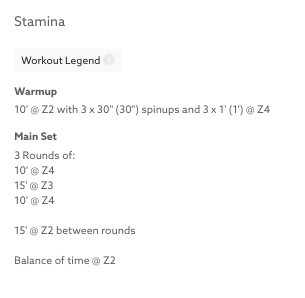
Traditional training principles and workouts in distance events often preach the theory that one must first conquer the desired distance and then work toward increasing speed and strength. This may at first sound good and seem to make sense, but it can be short-sighted, self-defeating, and possibly even injury-inducing. It can also result in unnecessary and potentially harmful “junk miles” as well as increased training time.
Here are the five primary reasons why a “fast before far” and “strong before long” strategy makes sense for producing better results:
1. Stamina, Not Endurance
While it’s true that by first conquering your desired distance, one attains a mental edge in knowing that the distance can be covered, there is some faulty thinking in this approach.
For starters, the athlete’s training objective should never be to simply survive the distance, but to cover it as quickly and powerfully as possible. It’s the difference between focusing on stamina or endurance. You want to (and should) “finish strong.”
Coach Jared Milam explains, “Endurance is the ability to go for as long as possible at whatever pace is necessary to achieve said longevity. Stamina, on the other hand, is the percentage of threshold power you can maintain during your expected race time.” Endurance focuses on merely finishing the course. Stamina is about mastering it.
A traditional plan calls for a “base” phase in the early stages of training that involves a lot of Zone 2 work, but that approach isn’t the best way to prepare yourself for your best performance later in the season. The better strategy is to train fast before far and increase your strength and speed so that the distance can be covered with power and proficiency. An athlete’s training will contain an optimized mix of high intensity sessions paired with lower intensity sessions and adequate recovery. While most of the training time will still be spent in zone 2, the priority, focus, and training benefit will come from time spent at zones 4 and above.
Below is an example of a workout you might do in the early stages of your training that focuses on power and strength-building.

Data suggests that incorporating stamina-building workouts about 2-3 months out from a long-course “A” race is the right timing to optimize your stamina. Here is an example of such a workout:

